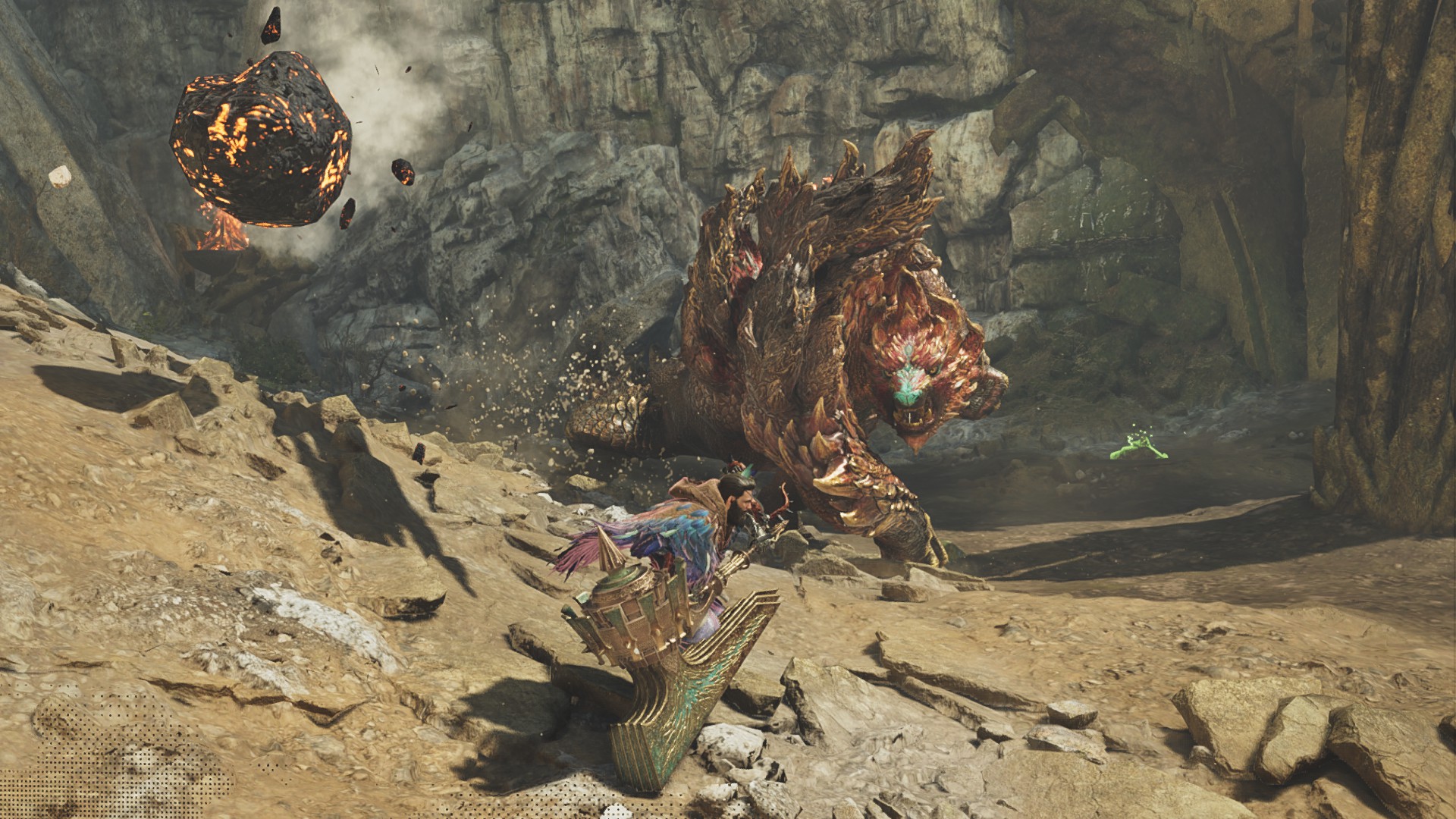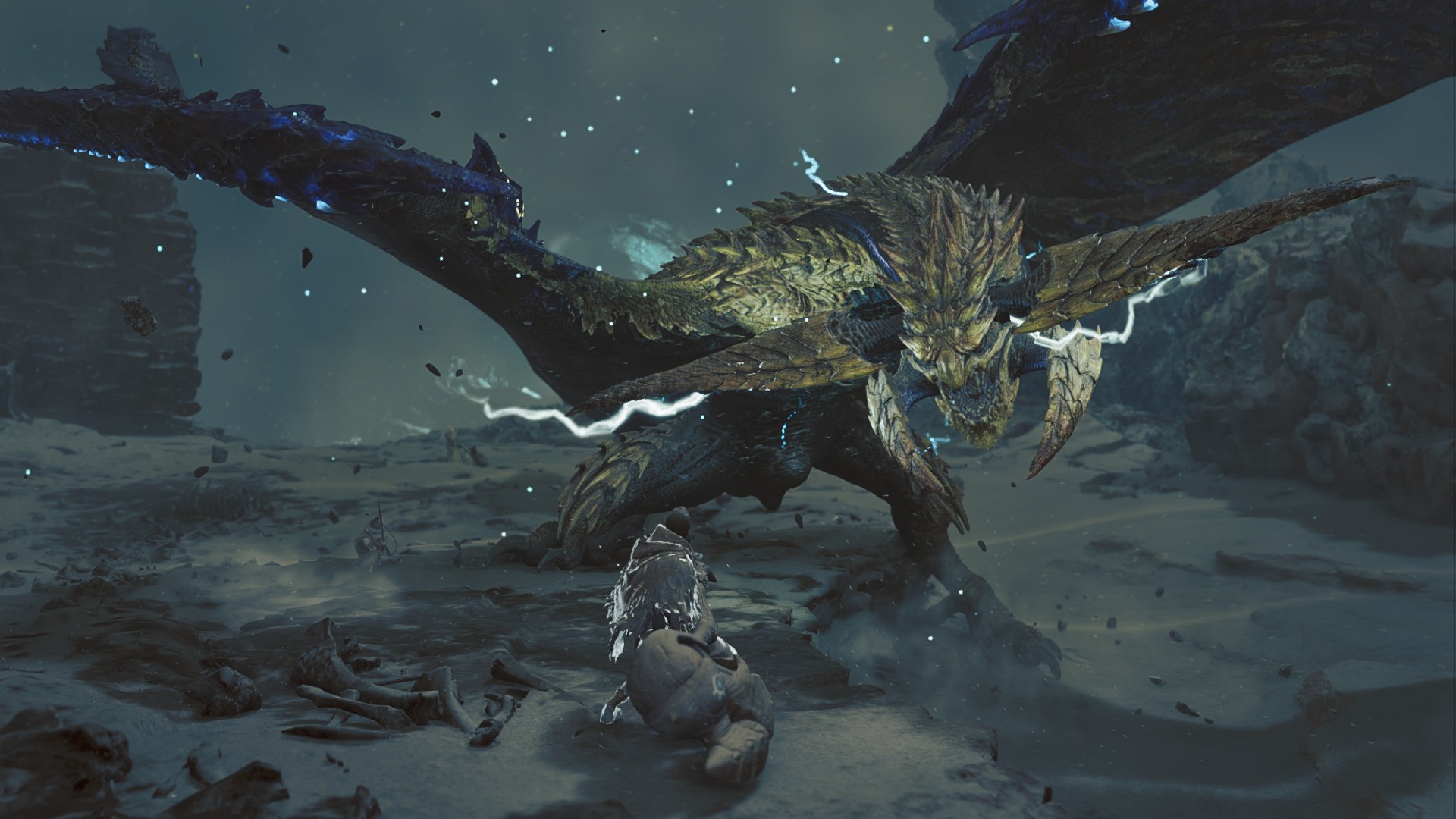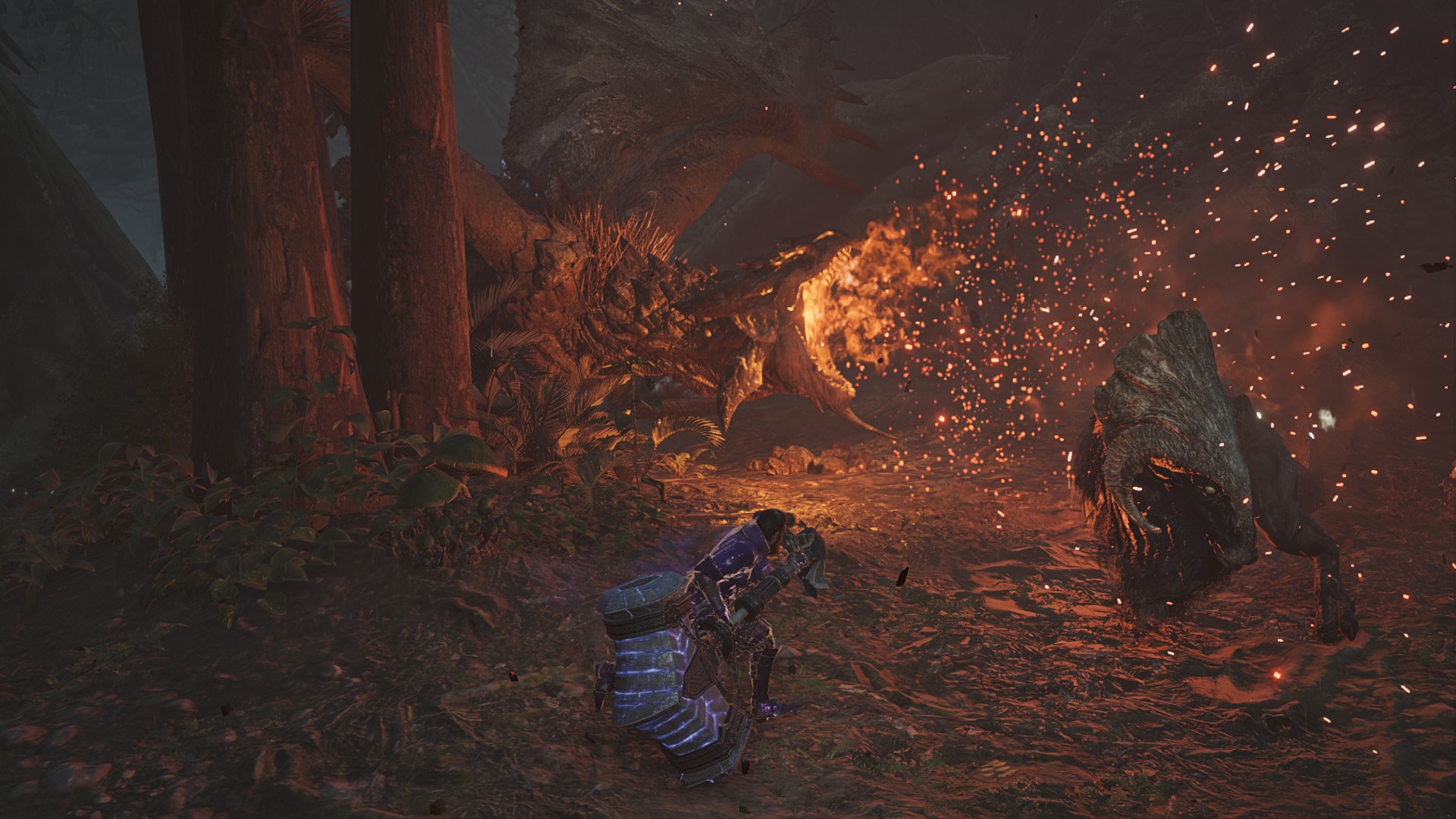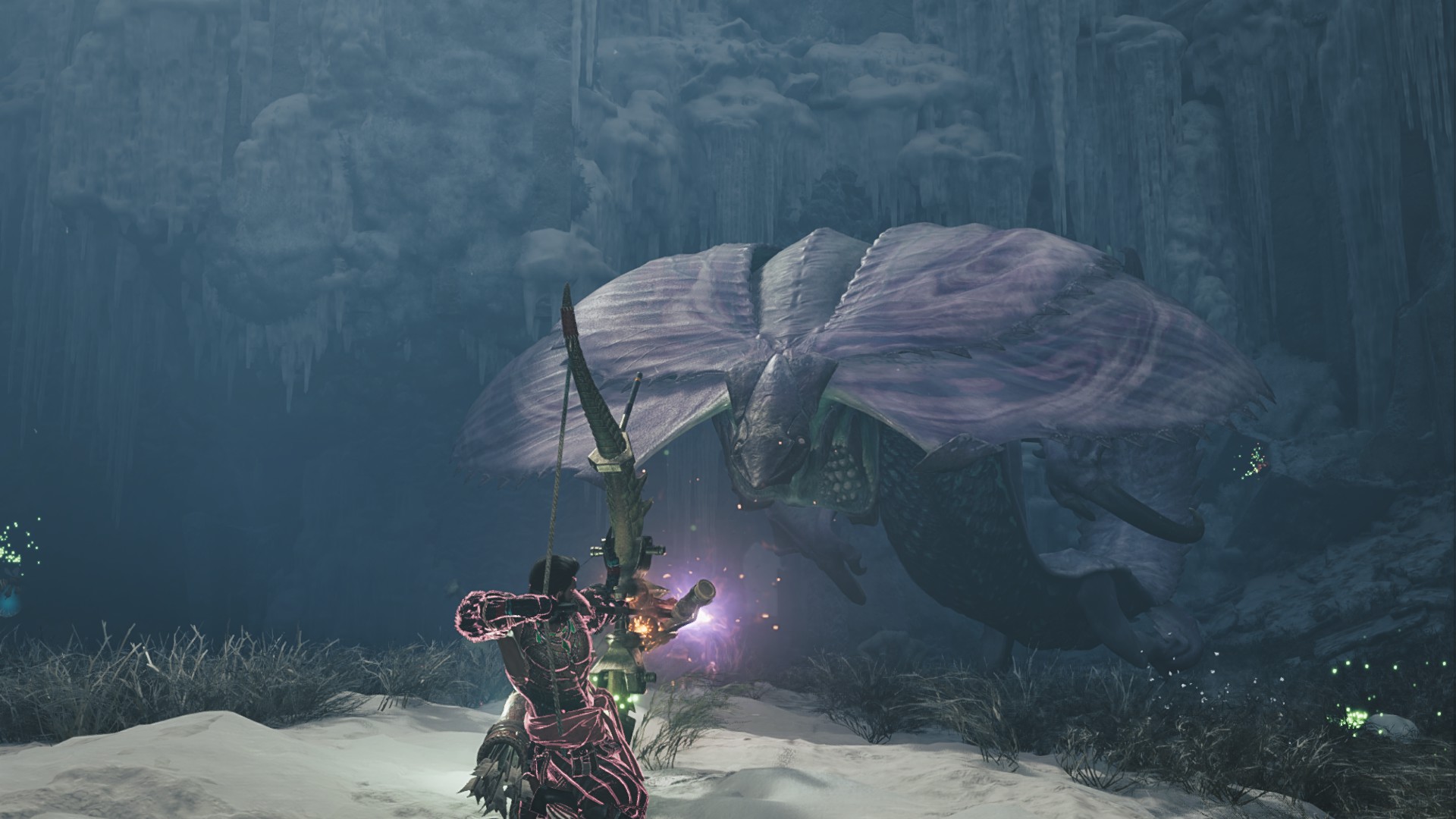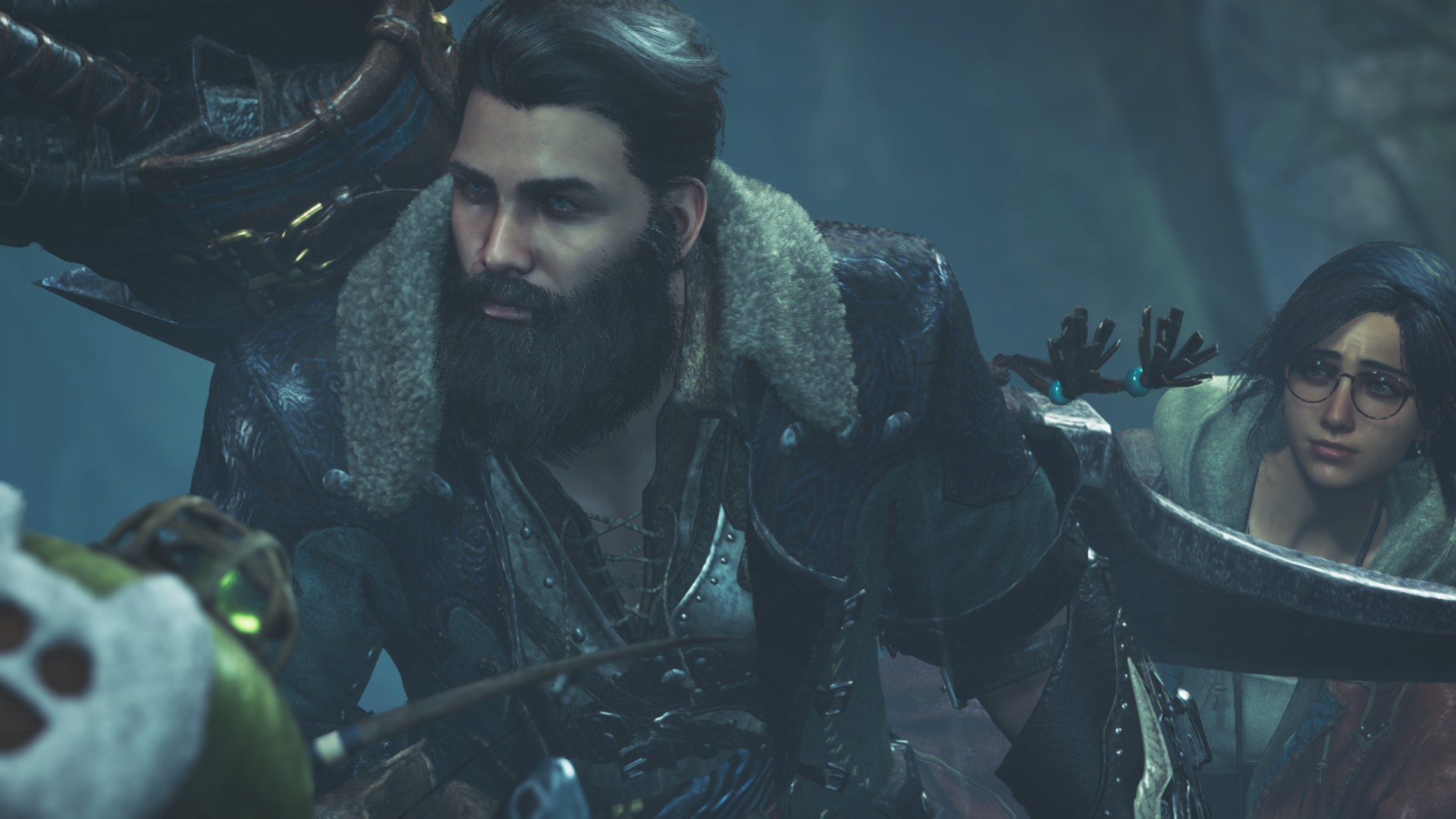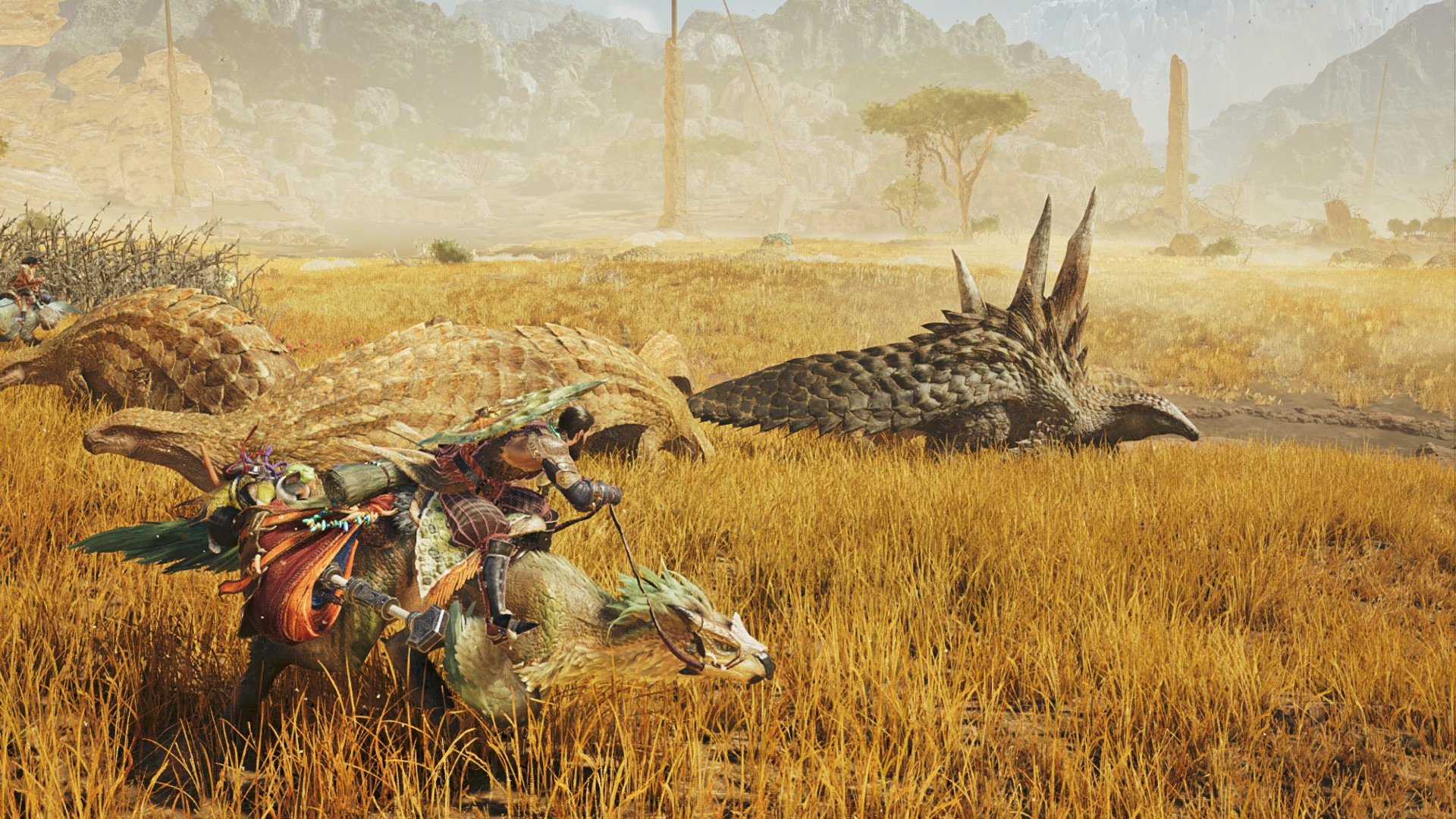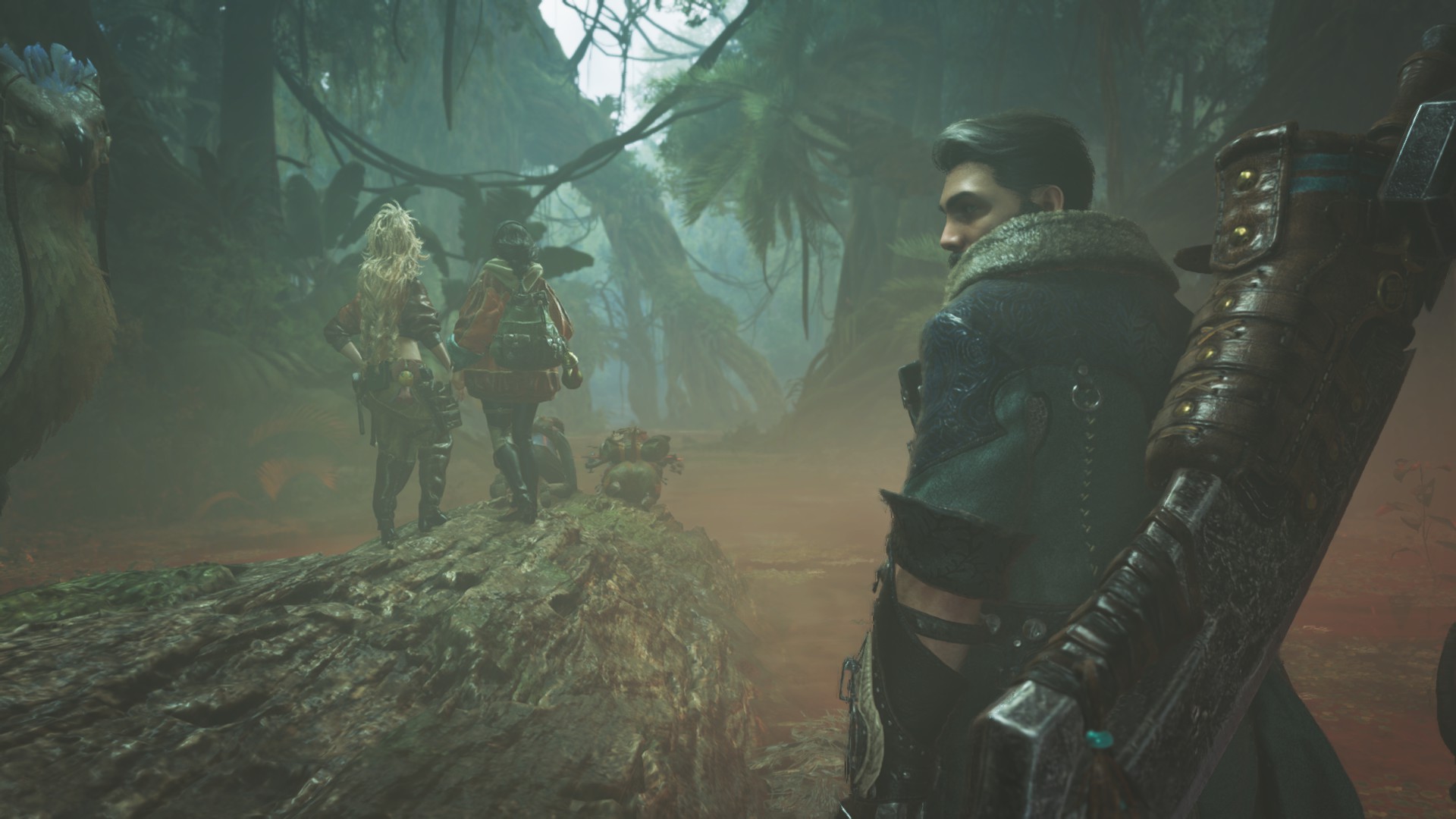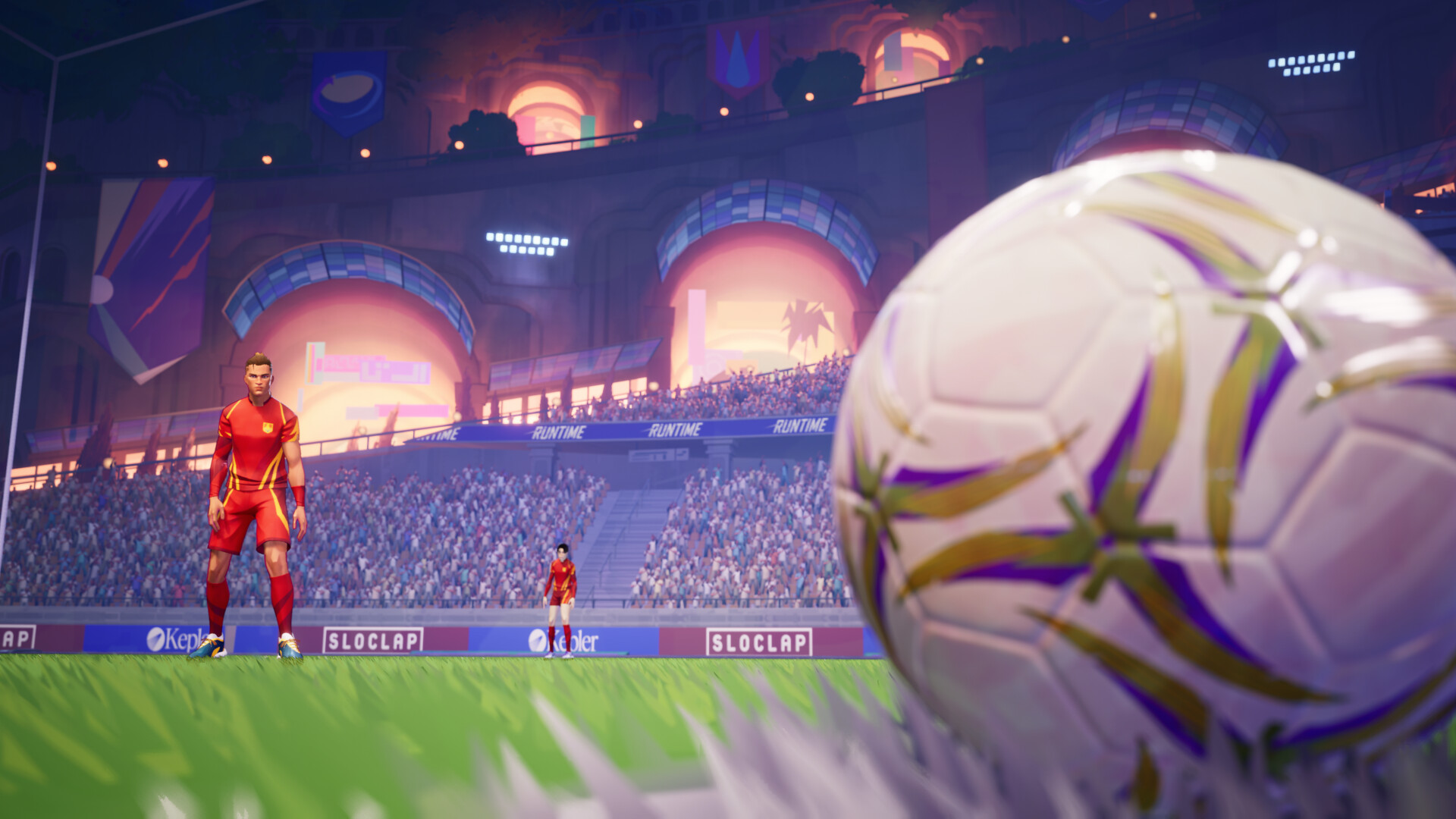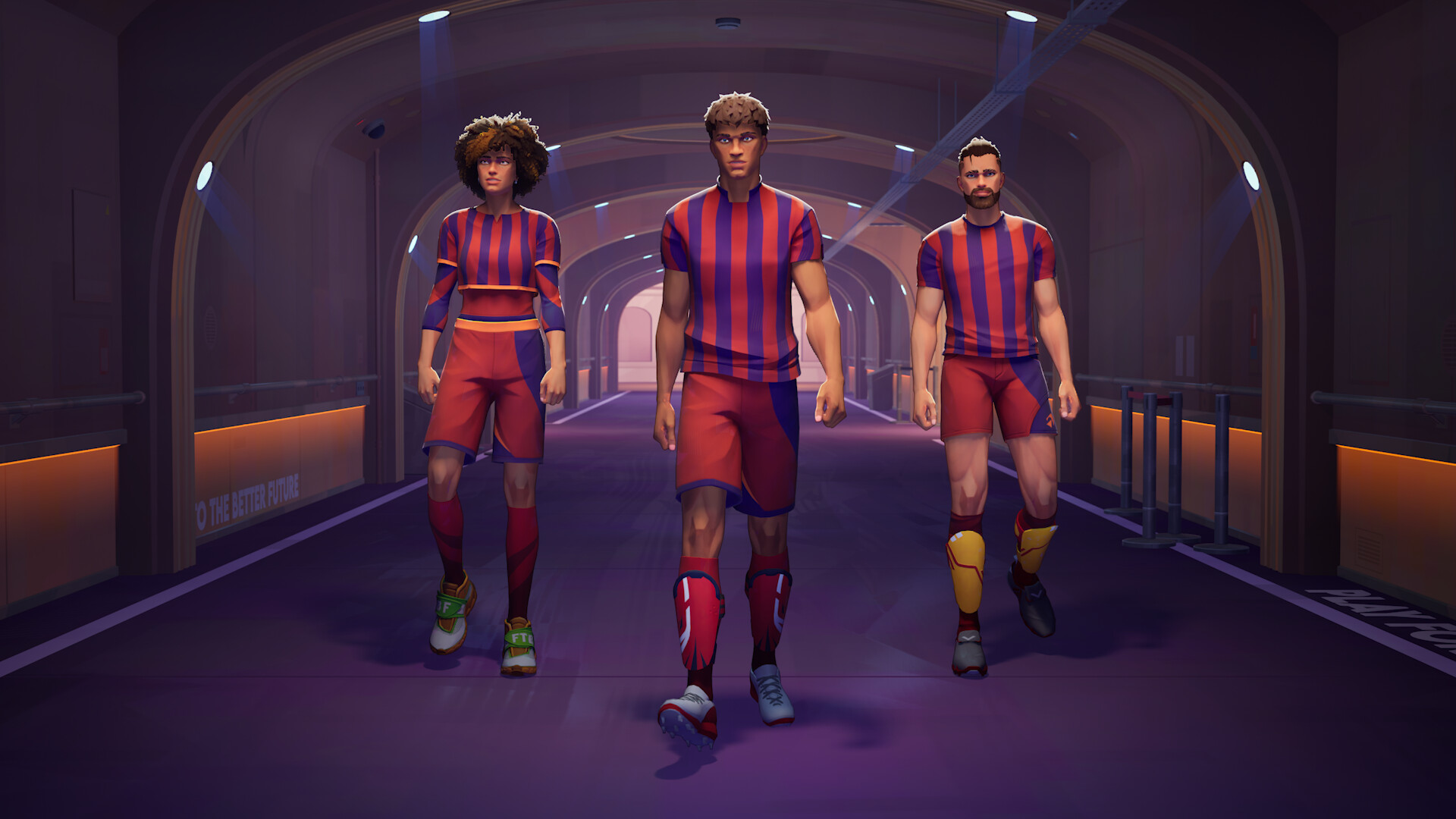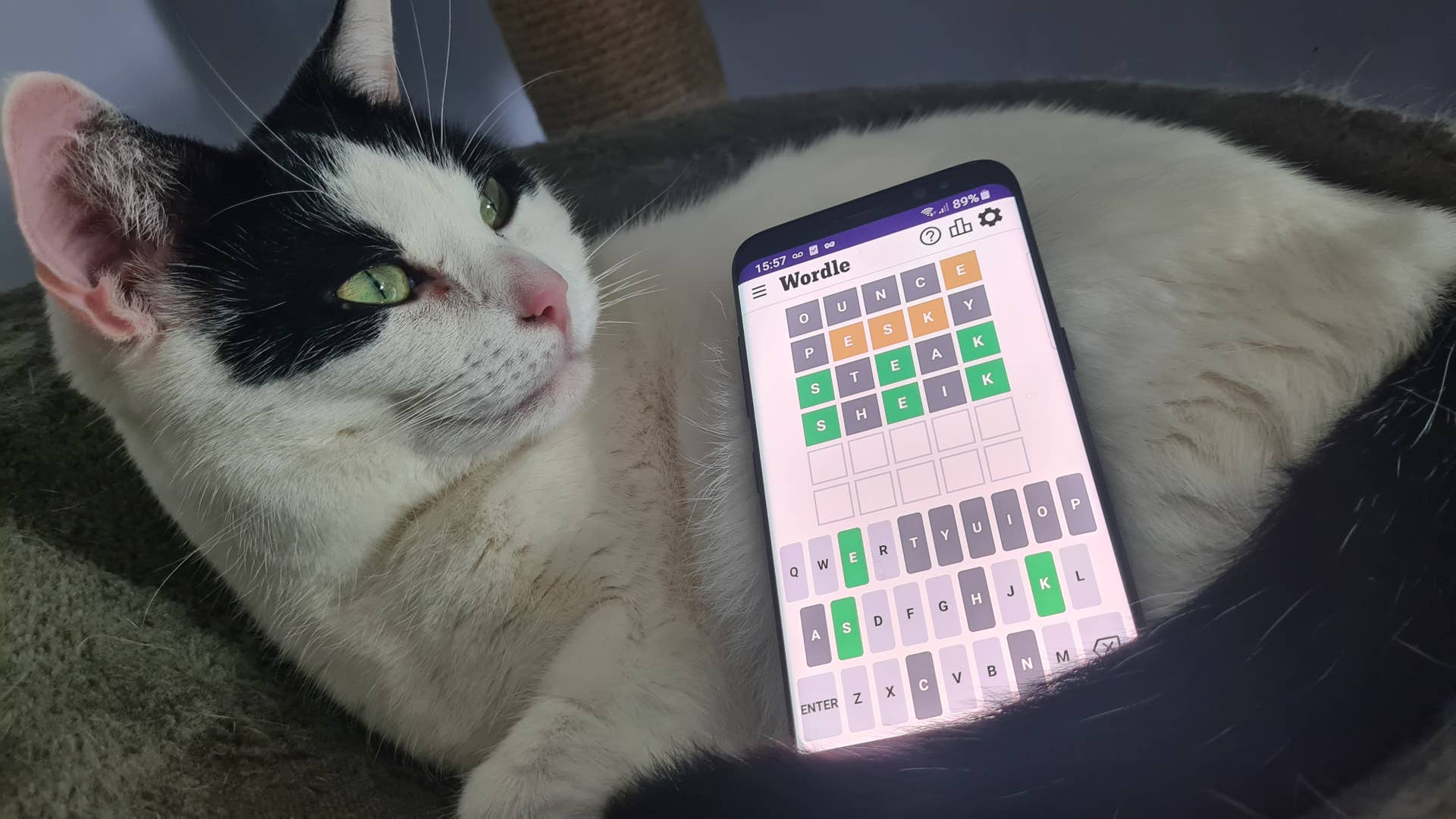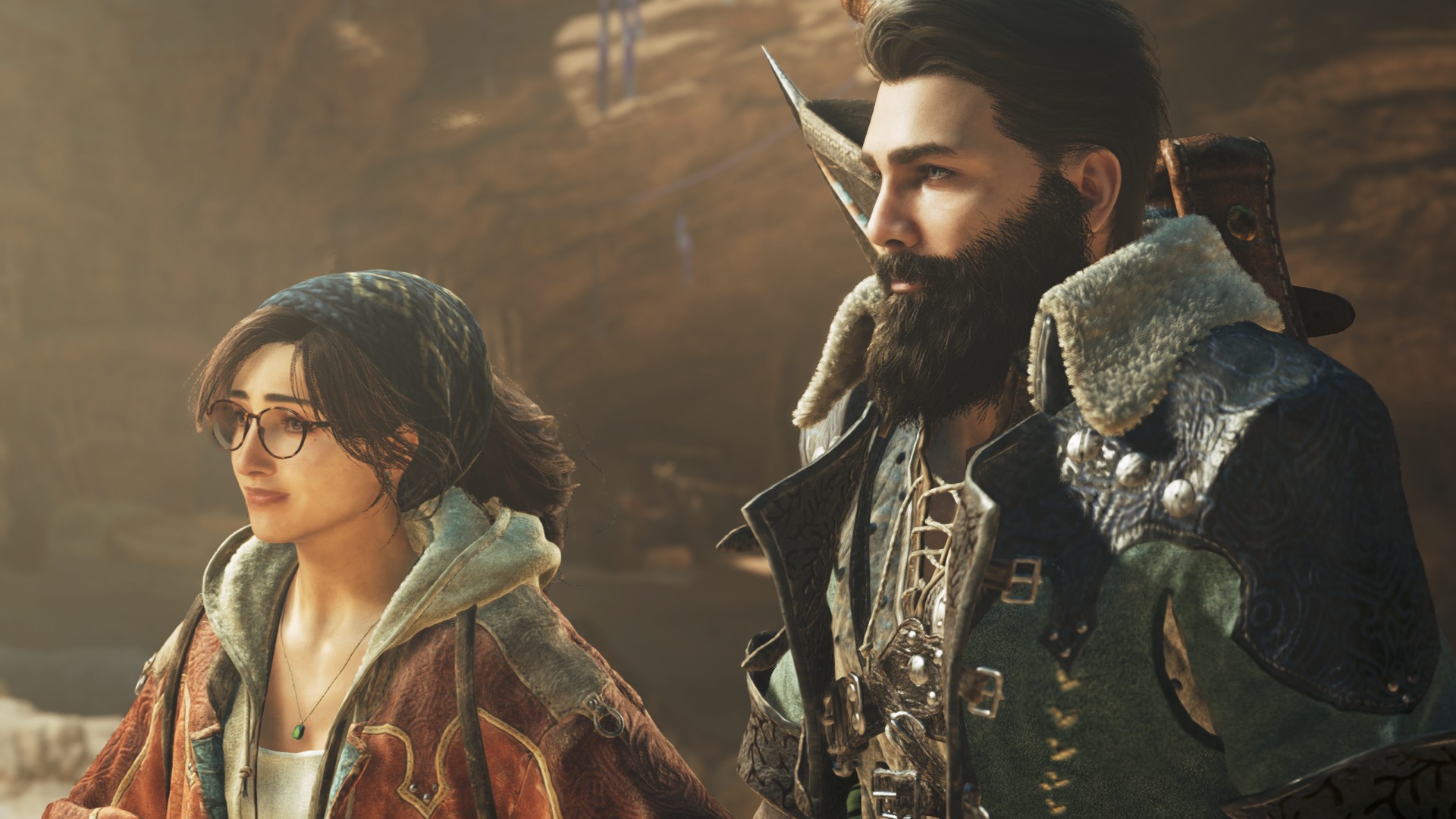
Hitting dinosaurs with hammers never felt so good.
Monster Hunter Wilds is both a return to meat-and-potatoes monster combat and a dramatic revision of the hunting format. It’s a more approachable lizard-slaying sandbox, and it’s a tangle of multiplayer quirks that still feels like something out of 2007. It’s the cleanest Monster Hunter has ever played, and it’s a temperamental piece of software that might crash if you tab back in at the wrong time.
What is it?: An action game about fighting giant lizards and turning them into pants.
Expect to pay: $70 / £60
Developer: Capcom
Publisher: Capcom
Reviewed on: NVIDIA RTX 4070 Super, Intel Core i7 14700KF, 32 GB RAM
Multiplayer: Yes
Link: Steam
More than anything, Wilds is an action game in a class without contenders. It’s a new height for haymaker hammer blows and the pounding drumbeat of gunlance blasts—for watching your trio of seeker arrows spear a fleeing wyvern out of the sky, sending it plummeting down to earth as your cheering teammates kick their raptor mounts into a charge. Wilds signals a new era for Monster Hunter, one that pares down anything that stands in the way of diving into battle with creatures 10 times your size. It’s an impressive reinvention, but Monster Hunter’s carved a bit more of itself away than I’d have liked.
If there’s a word for Wilds, it’s streamlined. Sword fighting with tyrannosaurs and stitching their bits into belts is no longer chopped up between quest-sized chunks. Following a more straightforward, cinematic story, Wilds gives way to a seamless wilderness of rotating seasons and roaming beasts, where any hunting prep can be done in the moment and on the fly. It can feel like a wonder, but it’s not a wonder without a cost. In providing as much monster hunting as possible, Wilds has given up some of Monster Hunter’s charm.
But god, it feels good to fight those lizards. Throughout my almost 70 hours with Wilds, I could feel the 20 years of iteration behind its combat design. Hunting, as a rule, is a well fed occupation, but the latest round of tinkering with Monster Hunter’s 14 weapon types is a feast for every style of wyvern-slayer. Next to the flashy new attacks, fundamental bow and bowgun revisions, and Focus Strike finishers, there’s a subtler artistry in design here that’s easy to overlook. Small, considered tweaks—like new windows for adjusting your footing at the tail end of attack animations—make Wilds the smoothest Monster Hunter fighting has ever felt without sacrificing its meaty texture.
Tools of the trade
Each weapon feels like it’s been through its own shonen training arc. My beloved hammer has never been more of a mobile wrecking ball. It’s been blessed with Mighty Charge, a heavy charge attack that provides both a brutal finishing blow for capping off combos and a smooth pivot point for sliding into my next sequence of hits. A few of its golf swings have also been made into Offset Attacks, a new mechanic that gives heavier weapons a sort of pseudo-parry. The timing is tricky, but the thunderclap of knocking aside a behemoth Doshaguma’s lunge is worth the effort.
The steady ramp up of the switch axe has reached a new intensity, where morphing into sword mode offers blistering new whirling attacks that carve trails of explosive energy where they connect. When I venture out with the bow, I’ve got a suite of tracer arrows and homing shots that can needle even the most nimble monster.
Just seeing another player’s weapon in action is enough to test my loyalties: One look at a Dual Blades user twirling around the field like a blood-crazed Beyblade had me making some abrupt changes to my gear crafting plans.
Feeding into all those weapon updates is the new Focus Mode and wound system. Even melee weapons now have access to a reticle for guiding their hits home. Targeting and destroying wounds with Focus Strikes is a satisfying new layer for moment-to-moment hunting. Opening a glowing red weak spot provides some clear direction if you don’t know where a monster’s most vulnerable, and the hefty chunk of guaranteed damage gives me a reason to break up my bread-and-butter attack combos.
It’s a refreshing return to boots-on-the-ground monster hunting.
Frankly, destroying wounds is so effective that it wouldn’t surprise me if it’s fated for a nerf. Between hammer KOs, wound destruction staggers, and an occasional paralysis from my Palico’s weapon, many of the monsters I’ve fought haven’t been left with much room to breathe.
Even if Wilds combat makes hunters slightly too capable, it’s a refreshing return to boots-on-the-ground monster hunting. World’s expansion Iceborne and the last Monster Hunter, Rise, both introduced new mechanics that felt like disruptions. Landing a Focus Strike is a more seamless complement to the moment-to-moment dodging, attacking, and countering.
Plus it looks and feels sick. That helps.
But what good are weapons without monsters to fight? Having spent more of my formative years than I’d like to admit sketching dragons in my middle school notebooks, I consider myself something of a connoisseur of fantasy lizards. For my money Capcom sits firmly at the pinnacle of making impossible creatures look, sound, and move believably, and Wilds brings some spectacular additions to the Monster Hunter bestiary.
Wild world
Rey Dau is an early highlight: a barbed, bristling apex predator that carves molten arcs in the desert sand with its lightning-charged wing blades. Fighting Arkveld, Wilds’ flagship monster, is like dueling an avalanche; it’s an onslaught of lashing chains and eruptions of blood-red energy.
Compared to the more sedate monster designs in World, Wilds sees Capcom return to being delightfully weird. A couple hours into the game, I’m fighting in the oil-drenched ruins of some massive derelict engine against a monster that’s one third mosquito, one third velociraptor, and one third thrombosed hemorrhoid. There’s a giant pink fart ape, a returning Monster Hunter classic. There’s the Hirabami: flying, pack-based wormsharks with tails full of scythe blades.
They’re not just fun to look at. They’re fun to learn. When I give a Doshaguma extra space after it slams the ground because I know it’s just the start of a worse attack, Capcom’s quietly tricked me into a kind of automatic roleplay. Like my hunter, I’m not just fighting monsters—I’m studying them. It’s that old Monster Hunter magic: Just by familiarizing myself with the game, I’m deepening the fantasy.
Wilds is a leaner, streamlined Monster Hunter despite its pitch of wide open environments, and nowhere is that more clear than in Low Rank, the opening difficulty tier that comprises the game’s core story. It forgoes the traditional Monster Hunter progression of climbing Hunter Ranks between priority quests. Instead, the first dozen hours of Wilds is a tight, cutscene-driven hunting tour of the Forbidden Lands, following the Hunter’s Guild as it reenters a region that’s been closed off for a thousand years. It’s a smart change of pace for settling into the rhythm of monster hunting, steadily doling out the basic systems of crafting, cooking, and gathering through an escalating sequence of story hunts.
Just by familiarizing myself with the game, I’m deepening the fantasy.
Monster Hunter’s sudden cinematic turn isn’t a narrative masterpiece, but the impressive action choreography in story cutscenes leaves no shortage of spectacle. I couldn’t help but cock an eyebrow at how Wilds imagines the indigenous peoples of the Forbidden Lands, though: It suggests that they’ve never invented weaponry, despite living next to giant carnivorous sandworms for generations. And their eagerness to offer up their resources to the Hunter’s Guild feels a little fraught, even if Capcom tries to make it clear that the Guild is totally not doing colonialism.
That said, there’s a lot I like about the writing. Unlike previous Monster Hunters, the Wilds protagonist is a fully-voiced character, and a veteran hunter already in the prime of their career when the game starts. They’re familiar with monster ecology and Guild procedure, meaning that in their cutscenes and conversations Capcom can show how the Guild operates and positions itself in the world. Previously the Hunter’s Guild was an excuse for silly puns, charming goofballs, and exploring the curious psychosexual hangups of your friendly Guildmarm. In Wilds, it’s an organization with an ethos that extends beyond turning dragons into gloves (though honestly, I’d welcome a few more of the goofballs back).
I was particularly fond of seeing the dynamic between the player hunter and Alma, their guild handler. No matter how lethally competent the hunter is, they refuse to engage a monster without Alma explicitly issuing Guild authorization, sometimes even as they’re in direct peril. It’s an interesting glimpse of the Guild’s culture and philosophy of restraint: A monster issue might require the application of violence, but that’s not a call for the guy with a gunlance made of reconstituted dinosaurs to make unilaterally.
Seasonal affect
What baffled me about Low Rank, though, is how it handles the new season system. In Wilds, each region cycles through three seasons that influence monster spawns, endemic life, and resource availability: a Fallow season where the environment is depleted and hungry predators roam in greater numbers, an Inclemency period where massive storms sweep the landscape, and a season of Plenty where the ecology is renewed and revitalized.
The seasonal cycle produces some stunning scenes. When Inclemency hits the Windward Plains, the onset of a raging, sky-blackening lightning storm makes any desert battle with a Doshaguma feel climactic. When the Scarlet Forest blooms into Plenty, it becomes a lush, vibrant eden—if eden had a healthy population of violent megafauna.
Problem is, you see very little of those seasonal shifts during Low Rank, because they’re initially tied to story progression. You spend most of your story hunts in each region’s Fallow season, only getting a taste of Plenty before being bounced to the next locale. As a result, most of my first dozen hours with Wilds were spent seeing its environments at their dingiest, delaying any chance to roam and feel out how the seasons meaningfully change each area and each hunt. It’s a shame, especially when the detail in Wilds’ monster designs really pops in vibrant Plenty lighting conditions.
Finishing a quest without being booted back to the hub feels a bit like witchcraft.
Once you roll credits and hit High Rank, however, Wilds becomes a freeform hunting playground. High Rank pairs the traditional Hunter Rank progression with seamless hunt transitions, deployable pop-up camps, and a mobile guild handler—all designed to remove as many barriers as possible between me and my next target monster. Starting a hunt can be as simple as walking out of camp and landing a few hits on the nearest beast. If I want to roll right into another hunt after bagging that Balahara, or if I’d rather do some light exploring and scoop up some lizards in my capture net along the way, I can stay out in the wilderness indefinitely.
If I need to top up my item pouch, I can pop over to wherever I’ve set up my nearest pop-up camp. If my meal bonuses run out, my portable grill means I can cook up a fresh round of stat boosts next to an oasis or on a craggy cliff edge. As someone approaching my tenth year of playing Monster Hunter, finishing a quest without being booted back to the hub feels a bit like witchcraft.
Those seamless hunting systems make the Forbidden Lands a festival of back-to-back monster battles, and I’ve been more than happy to indulge—but at the same time, it’s that streamlining where I worry Monster Hunter is in danger of sanding down too much of its own identity. Take the Seikret, for example. I love my raptor horse and the lovely green plumage I gave it. The mid-hunt weapon switching it lets me do—again, witchcraft—is great when I want to sever a tail that my hammer can’t cut. But the Seikret underlines how much of the actual hunting has fallen out of Monster Hunter.
There’s no need to find a monster anymore. As soon as I hop in the saddle, my Seikret will start ferrying me to my quest target, even if I haven’t seen it. With immediate access to high speed raptor autopilot, Wilds’ new biomes—Monster Hunter’s most open regions yet—feel smaller than the Worlds maps I traversed on foot. One of the joys of Monster Hunter is developing an intimate familiarity with its environments, and that’s a familiarity that’s hard to build for the stretches of the Windward Plains I’ve only crossed on Seikret-back.
Lost tracks
My opinion might change when I’m on my sixth hunt for Rey Dau parts in a row, but I can’t deny that I find myself yearning for the days of combing the Ancient Forest for Anjanath tracks. Likewise, each region’s base camps don’t feel like home in the way that the hub villages and gathering halls of years past could. And no matter how good the gooey cheese tech is during villager feast cutscenes, it can’t make up for the Meowscular Chef-shaped hole in my heart when I’m otherwise left to grill my own food.
My hunting tastes might’ve been defined by an earlier era, but that won’t keep me from appreciating Wilds’ multiplayer improvements. Playing with your friends still has a clunkiness to it, but being able to form “link parties” that simplify hopping into each other’s hunts, regardless of what lobbies you’re in, is a welcome update.
Unfortunately, even though Wilds made it easier to join up with friends, my hunting party sessions have been interrupted by repeated crashes. I’m lucky to be playing on a recent PC build that’s comfortably within the recommended specs, and in terms of frame rate, the game runs great on my rig. But that hasn’t prevented it from crashing during loading screens with frustrating regularity. I’m not the only member of the PC Gamer team to deal with crashes, though I’ve had the worst luck with them. Until a patch arrives, I’m seemingly at risk of smash cutting to desktop whenever I try to join a friend’s hunt.
Monster Hunter Wilds feels like a turning point. Updates like Focus Strikes add promising new dimensions to a magnificently indulgent combat design, and its seamless hunts and shifting seasons push the series closer to realizing a living ecology for its monsters. Without more room for Monster Hunter’s history, however, it’s a wilderness that’s missing some of its soul.
